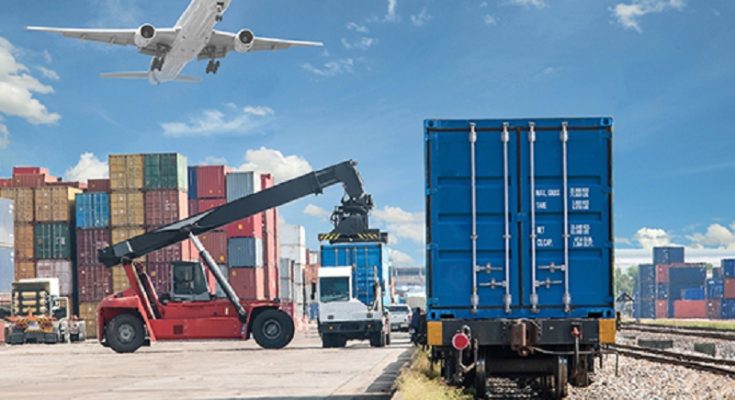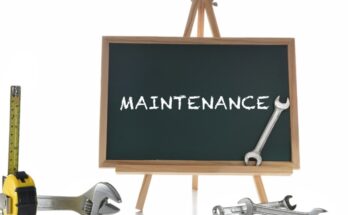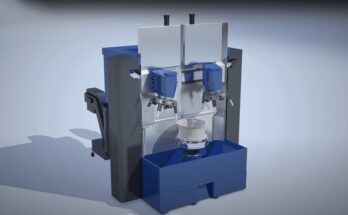If you are a new entrepreneur and struggling to grow your business through importing goods into Canada, you need to consider many aspects especially on releasing your goods at the border and meeting various customs requirements. Indeed, it is not an easy task to fulfil all the requirements at the border beginning from determining whether the goods be imported into Canada, determining the tariff classification of your goods, determining the advantages of a free trade agreement, understanding the import-related opportunities and responsibilities, submitting your entry declaration to customs, paying the duties and taxes etc. Usually, most importers and exporters including the big business groups perform all these activities through competent and reliable brokers such as Clearit customs clearance who not only appropriately and effectively release the goods through the customs but help the importers and exporters grow their business in many ways.
As far as customs tariffs are concerned, the first step is to determine which product you will import and whether that product is eligible for importation into Canada. Therefore, you need to obtain an accurate and detailed description of your intended goods and know the country of origin of the goods. You need to even collect information on the place of processing of the goods before it comes for your importation. You can get the list of goods from import and export permit Act-Import Control List-ICL to know which are the goods that are controlled or restricted from importation to Canada. You should also determine whether the goods are controlled or regulated or prohibited by Other Government Departments (OGDs) such as Health Canada, Canadian Food Inspection Agency, Environment Canada etc.
If you are sure that the goods you are importing are permitted without any such regulation, then you should determine the tariff classification of your goods, applicable tariff treatment, rate of duty, taxes payable while importing. Then comes the free trade agreement after you know all the details of your goods including the customs clearance amount of taxes. Free trade agreements are made between countries who are desirous of removing all barriers of trade between them including reducing custom duties on selected items. Canada has free trade agreement with several countries and if you are importing products from those countries, you can eventually avail the benefits of reduced customs duties and tariffs. Above all, you should know which are the documents you need to produce and how to identify the error created by the vendor along with how to manage with the trade compliance.




